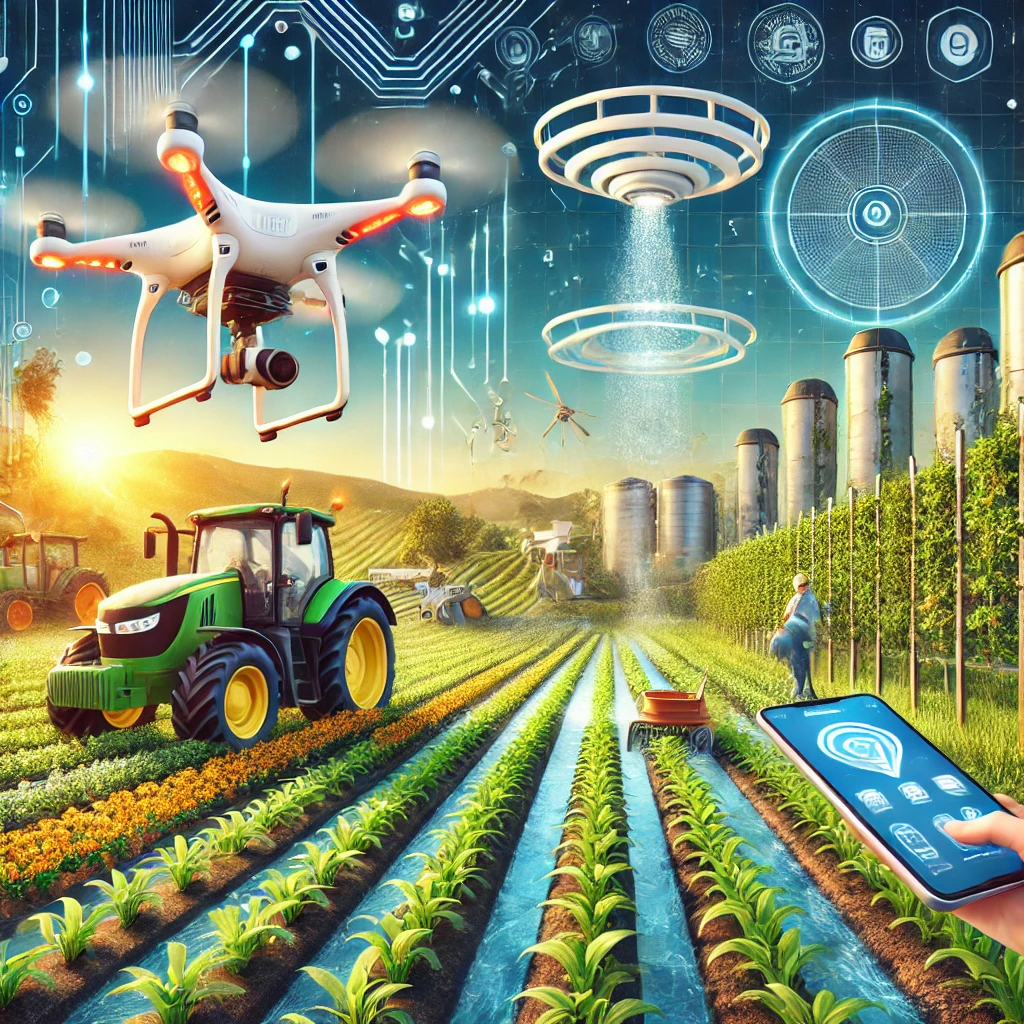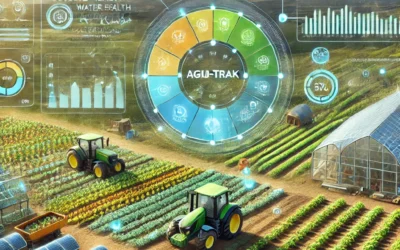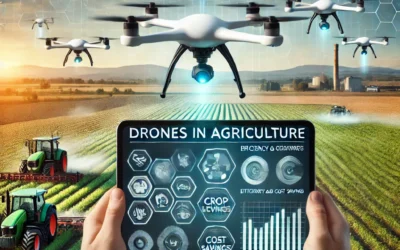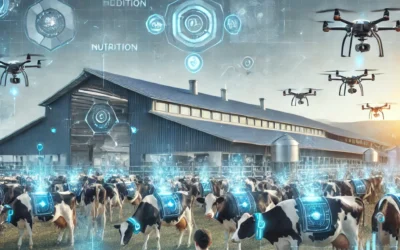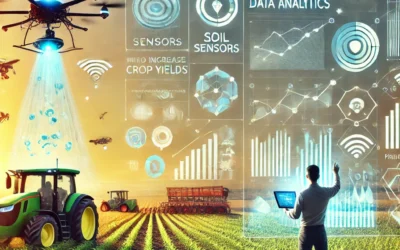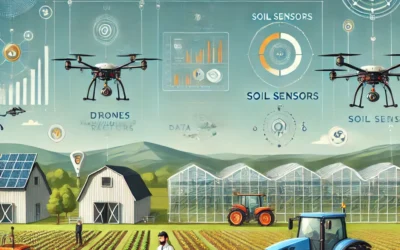In recent years, the agricultural industry has witnessed a transformation driven by technological advancements. These innovations have not only increased productivity but also addressed some of the most pressing challenges in farming, such as sustainability, labor shortages, and resource management. Below are the top five agricultural innovations that are reshaping the future of farming:
1. Vertical Farming
Vertical farming is a game-changer, especially in urban areas where land is scarce. This method involves growing crops in vertically stacked layers, often in controlled environments like greenhouses or specially designed buildings. With vertical farming, farmers can grow crops year-round, regardless of weather conditions, and use up to 95% less water than traditional farming methods. This innovation also reduces transportation costs and carbon footprints by bringing food production closer to urban consumers.
2. AI-Powered Machinery
Artificial intelligence (AI) is making its way into agriculture through smart machinery. These machines, equipped with AI, can analyze soil conditions, plant health, and weather patterns, and then provide recommendations to farmers in real time. For example, AI-powered harvesters can identify and pick only ripe crops, minimizing waste. Additionally, AI drones are being used to monitor crop health, detect pests, and even plant seeds. The precision that AI offers is improving efficiency and reducing input costs for farmers.
3. Drones and UAVs
Unmanned Aerial Vehicles (UAVs), or drones, are revolutionizing the way farmers monitor their crops. Equipped with sensors and cameras, drones can provide high-resolution images and data about crop health, soil conditions, and irrigation levels. This allows farmers to make informed decisions about when and where to water, fertilize, or apply pesticides. Drones are also being used for tasks like planting seeds and spraying crops, further reducing the need for manual labor.
4. Biotechnology and Gene Editing
Biotechnology has been a part of agriculture for decades, but recent advancements in gene editing have taken it to a new level. CRISPR technology, for example, allows scientists to edit plant genomes to create crops that are more resistant to pests, diseases, and extreme weather conditions. This not only increases crop yields but also reduces the need for chemical inputs like pesticides and herbicides. Gene editing is paving the way for more sustainable and resilient agricultural practices.
5. Smart Irrigation Systems
Water scarcity is a significant issue in agriculture, especially in regions prone to drought. Smart irrigation systems use sensors and data analytics to monitor soil moisture levels and weather forecasts to ensure crops receive the exact amount of water they need. This technology helps conserve water, reduce costs, and improve crop yields. Some systems can even be controlled remotely through mobile apps, allowing farmers to manage their irrigation systems from anywhere.
Conclusion
These five innovations—vertical farming, AI-powered machinery, drones, biotechnology, and smart irrigation—are leading the way in transforming agriculture. By adopting these technologies, farmers can improve efficiency, reduce costs, and create more sustainable farming practices. As the industry continues to evolve, it is essential for farmers to stay informed about these innovations to remain competitive and successful.

